Overview
Overview
NYLI Candriam Emerging Markets Equity Fund seeks long-term capital appreciation.
Emerging markets focus
The Fund seeks attractively valued emerging markets companies with strong sustainable growth and profitability.
Investment theme based
Portfolio diversification and security selection is based on fundamental research that identifies companies with thematic growth drivers.
Experienced risk managers
Sector, currency, region, and country allocations are kept within predetermined limits relative to the Index. Holdings may include all market capitalization sizes.
Performance
Performance
Class A & INV: 5.5% maximum initial sales charge; a 1% CDSC may be imposed on certain redemptions made within 18 months of the date of purchase on shares that were purchased without an initial sales charge. Class C: 1% CDSC if redeemed within one year. Class I: No initial sales charge or CDSC.
Returns represent past performance which is no guarantee of future results. Current performance may be lower or higher. Investment return and principal value will fluctuate, and shares, when redeemed, may be worth more or less than their original cost. No initial sales charge applies on investments of $1 million or more (and certain other qualified purchases). However, a contingent deferred sales charge of 1.00% may be imposed on certain redemptions made within 18 months of the date of purchase on shares that were purchased without an initial sales charge. Expenses stated are as of the fund's most recent prospectus.
Performance reflects a contractual fee waiver and/or expense limitation agreement for Class A and I shares in effect through 2/28/25, without which total returns may have been lower. This agreement renews automatically for one-year terms unless written notice is provided before the start of the next term or upon approval of the Board.
Portfolio
Portfolio
Distribution & Yields
Distribution & Yields
Subsidized Yield: the yield of a fund that includes any fee waivers or reimbursements currently in place by the fund’s manager. This figure shows the income generated by the fund after accounting for reduced expenses, giving a more favorable representation of returns under current conditions.
Unsubsidized Yield: the yield of a fund that excludes any fee waivers or reimbursements. It reflects the income the fund would generate if the full expenses were charged, offering a view of returns without any temporary fee reductions.
Distributions may be comprised of ordinary income, net capital gains, and/or a return of capital (ROC) of your investment in the fund. Because the distribution rate and the 12-month rate may include a ROC, they should not be confused with yield or income. Please refer to the most recent Section 19 Notice, if applicable, for additional information regarding the composition of distributions. Final determination of a distribution’s tax character will be made on Form 1099 DIV sent to shareholders each January.
Distribution Rate: Distribution rate is calculated by annualizing the most recent distribution per share (dividing the number of calendar days during the year by the number of calendar days over which the most recent distribution accumulated) and dividing it by the NAV as of 06/30/25. The Fund intends to pay monthly distributions from net investment income.
12-month Rate: The 12-month rate measures the percentage return in the form of dividends. It is calculated monthly by taking the sum of the trailing 12-month dividend payments divided by the last month's ending share price (NAV or POP) plus any capital gains distributed over previous 12 months. If the Fund did not make any distributions over the previous 12 months, "N/A" will be displayed.
The 30 Day SEC Yield is calculated by dividing the net investment income per share for the first 30 days of the month by the offering price per share at the end of that period. The yield reflects the dividends and interest earned during the period, after the deduction of the Fund's expenses. Yield reflects a fee waiver and/or expense limitation agreement without which the 30 Day SEC Yield would have been lower.
Dividend distributions are the distribution of a dividend to mutual fund shareholders as of a certain date. The following Funds declare daily dividends: NYLI MacKay California Muni Fund, NYLI Floating Rate, NYLI MacKay High Yield Muni Bond Fund, NYLI MacKay U.S. Infrastructure Bond Fund, NYLI Money Market, NYLI MacKay New York Muni Fund, NYLI MacKay Short Term Muni Fund and NYLI MacKay Tax Free Bond.
Fees & Expenses
Fees & Expenses
Performance reflects a contractual fee waiver and/or expense limitation agreement for Class A and I shares in effect through 2/28/25, without which total returns may have been lower. This agreement renews automatically for one-year terms unless written notice is provided before the start of the next term or upon approval of the Board.
Team
Team

Multi-specialist asset manager
Multi-specialist asset manager focused on fixed income, equity, thematic investing, absolute return strategies, sustainable investments, and asset allocation as well as tailored solutions and advanced liability-driven investing for pension funds and insurers.






